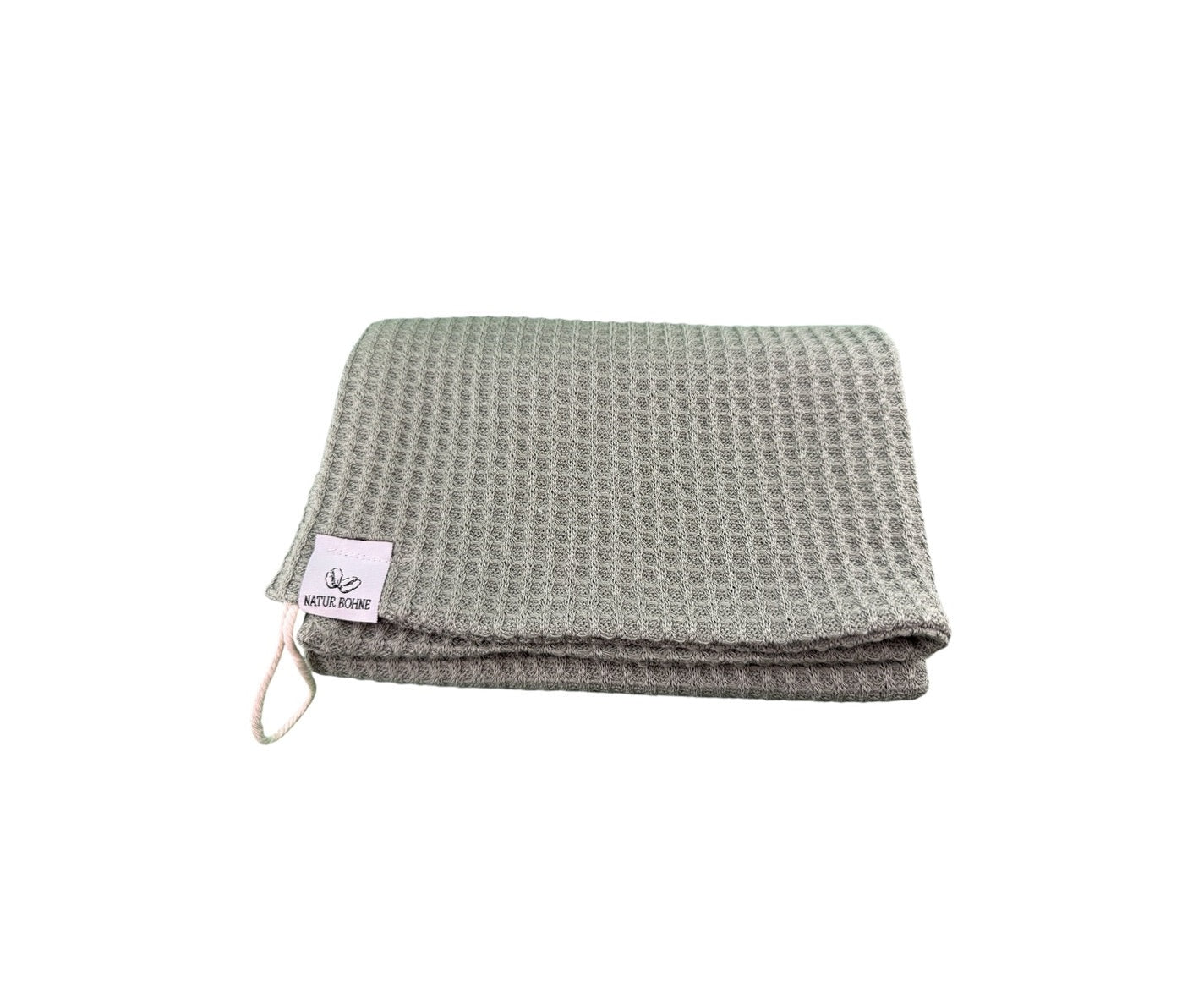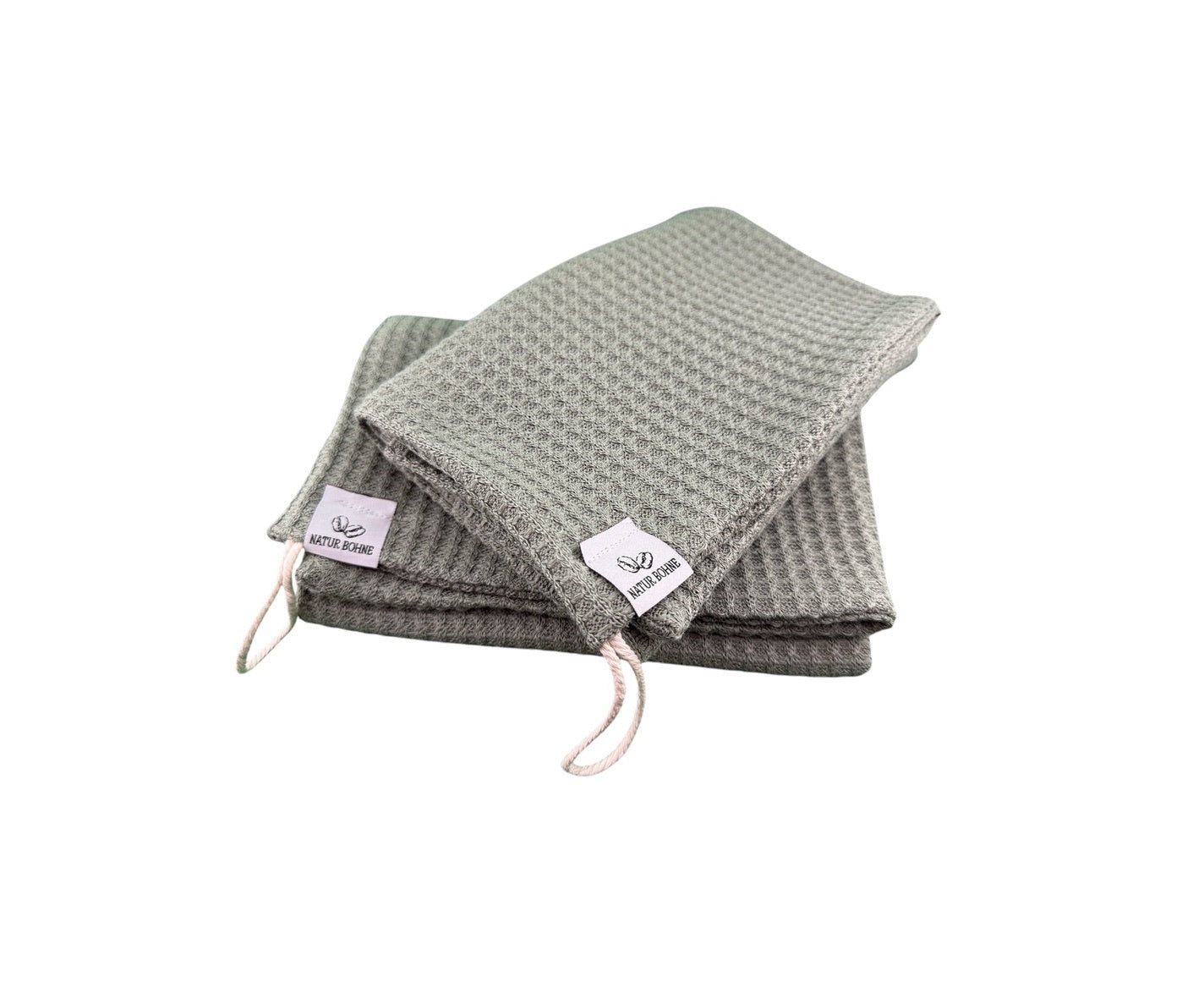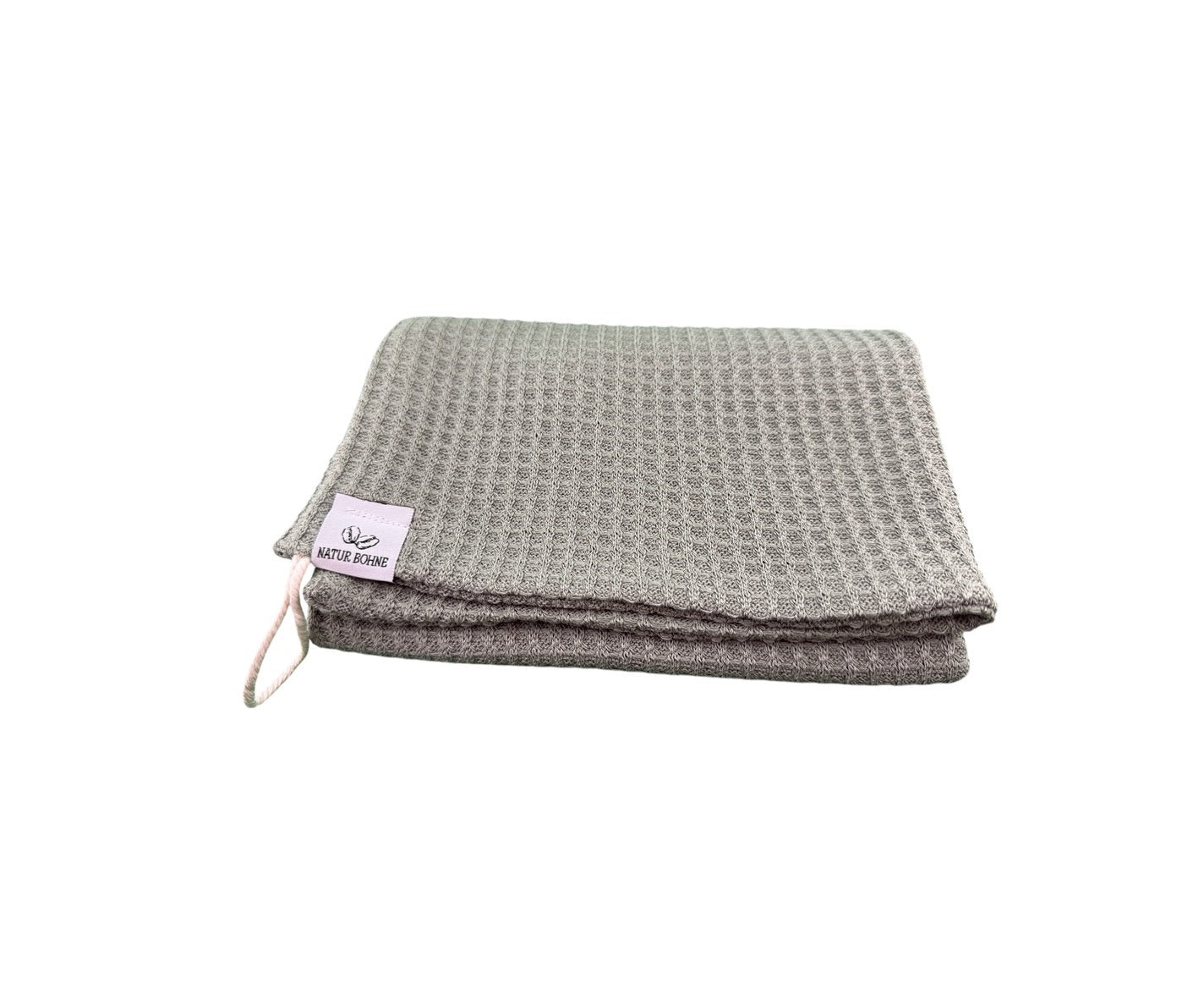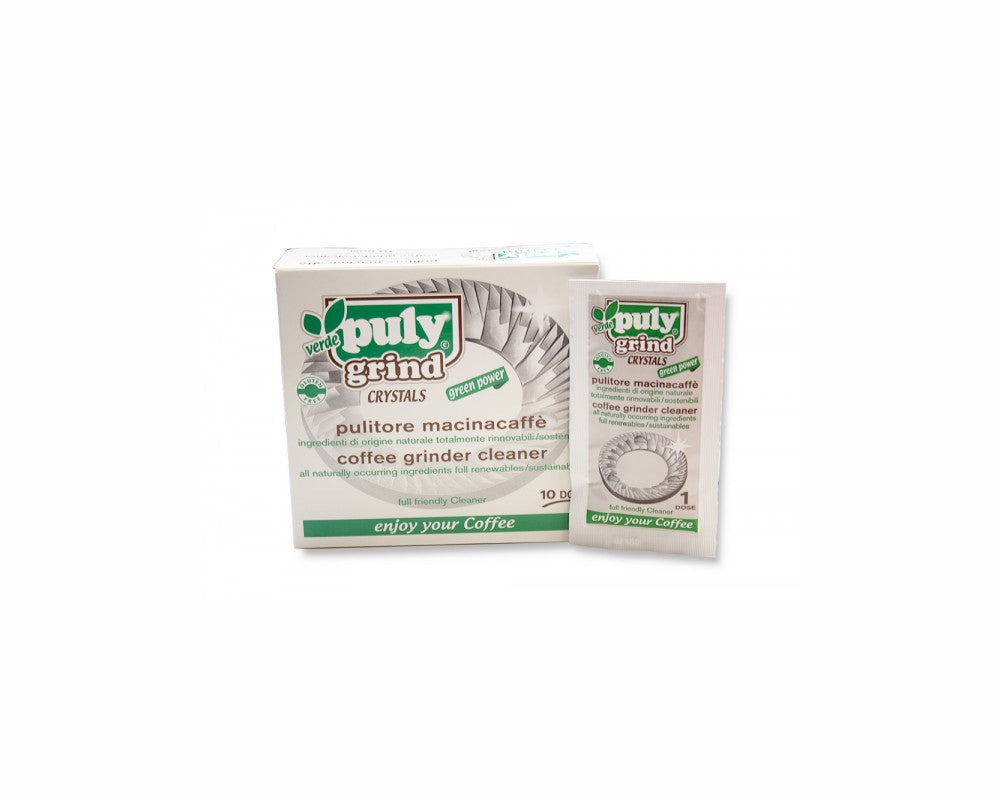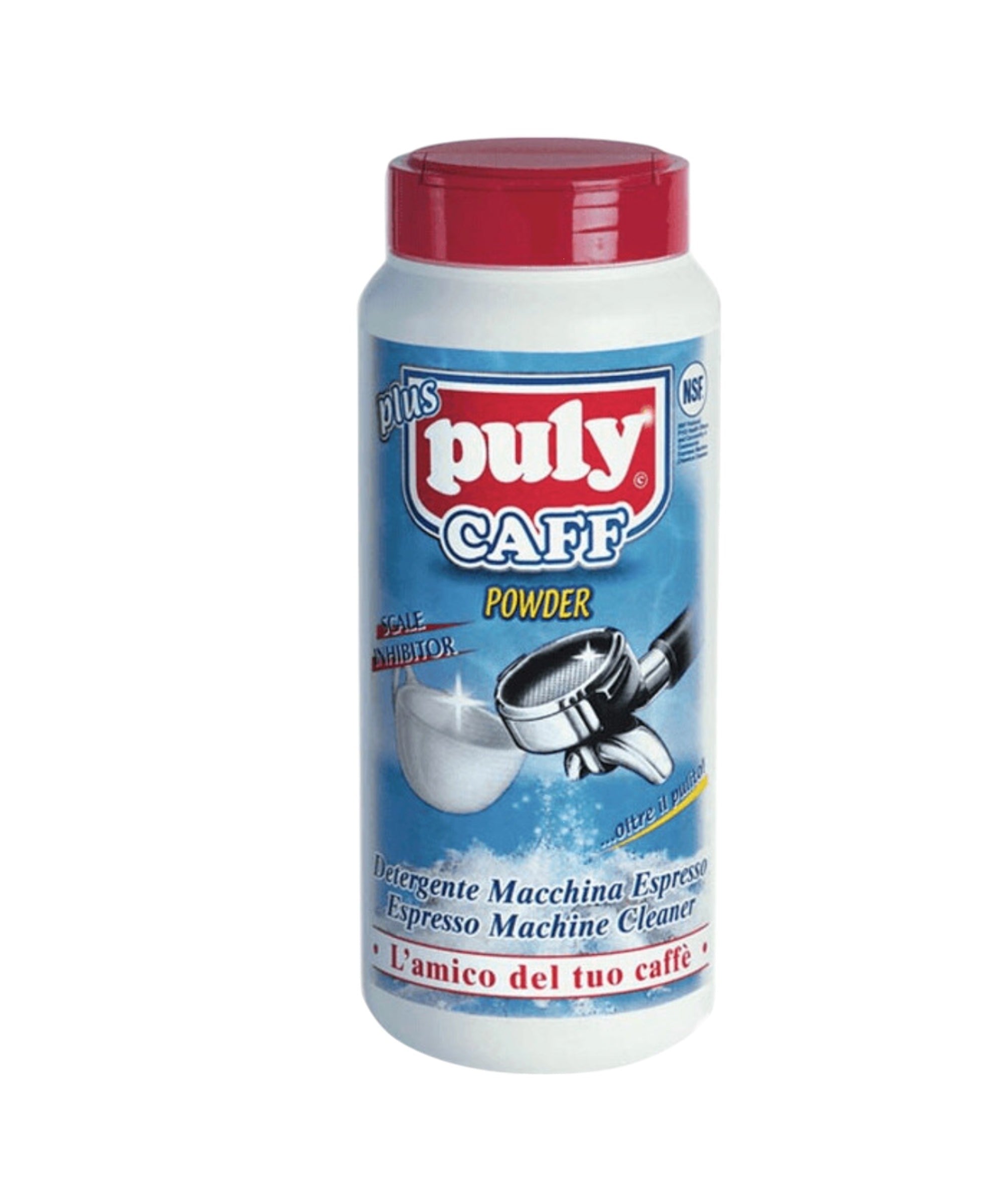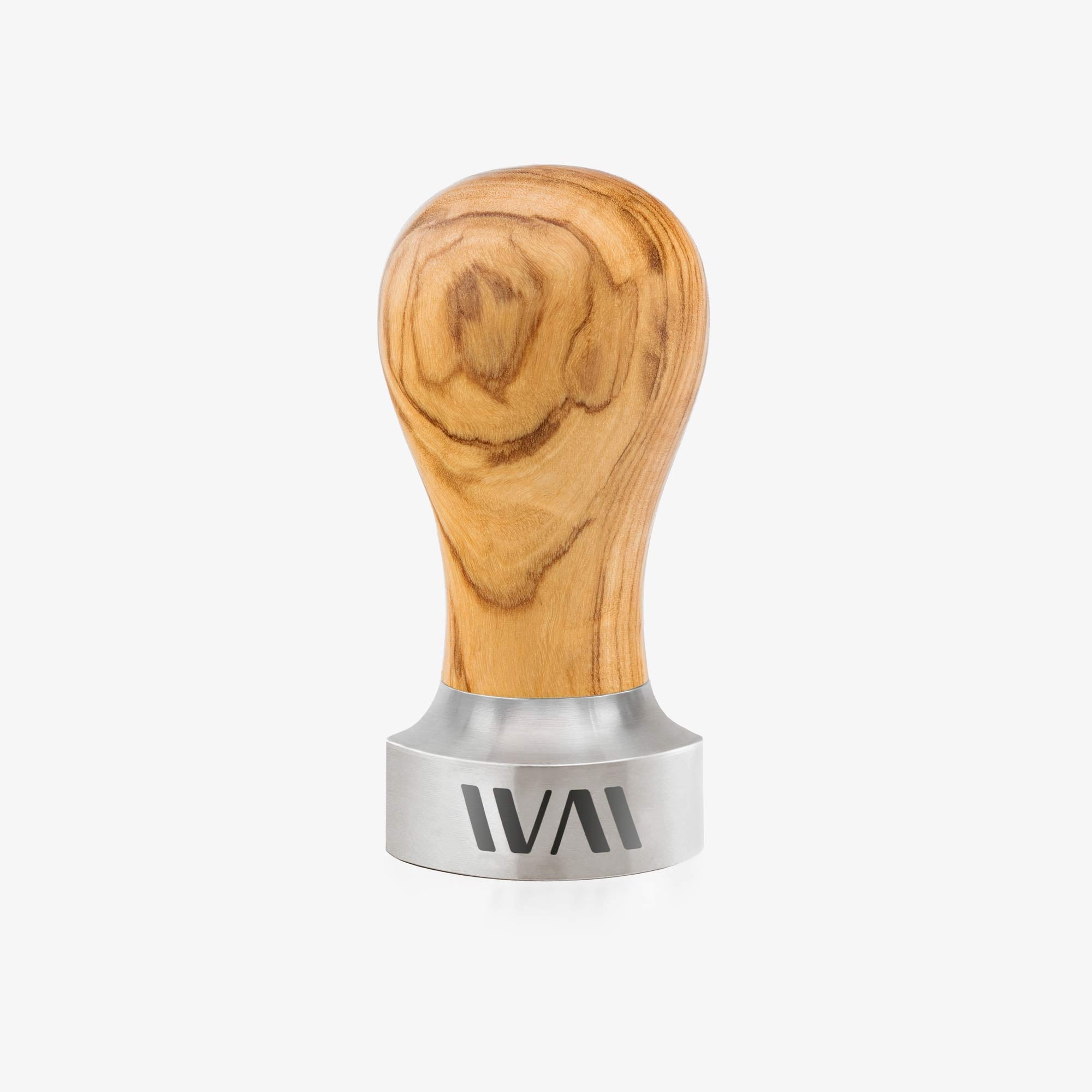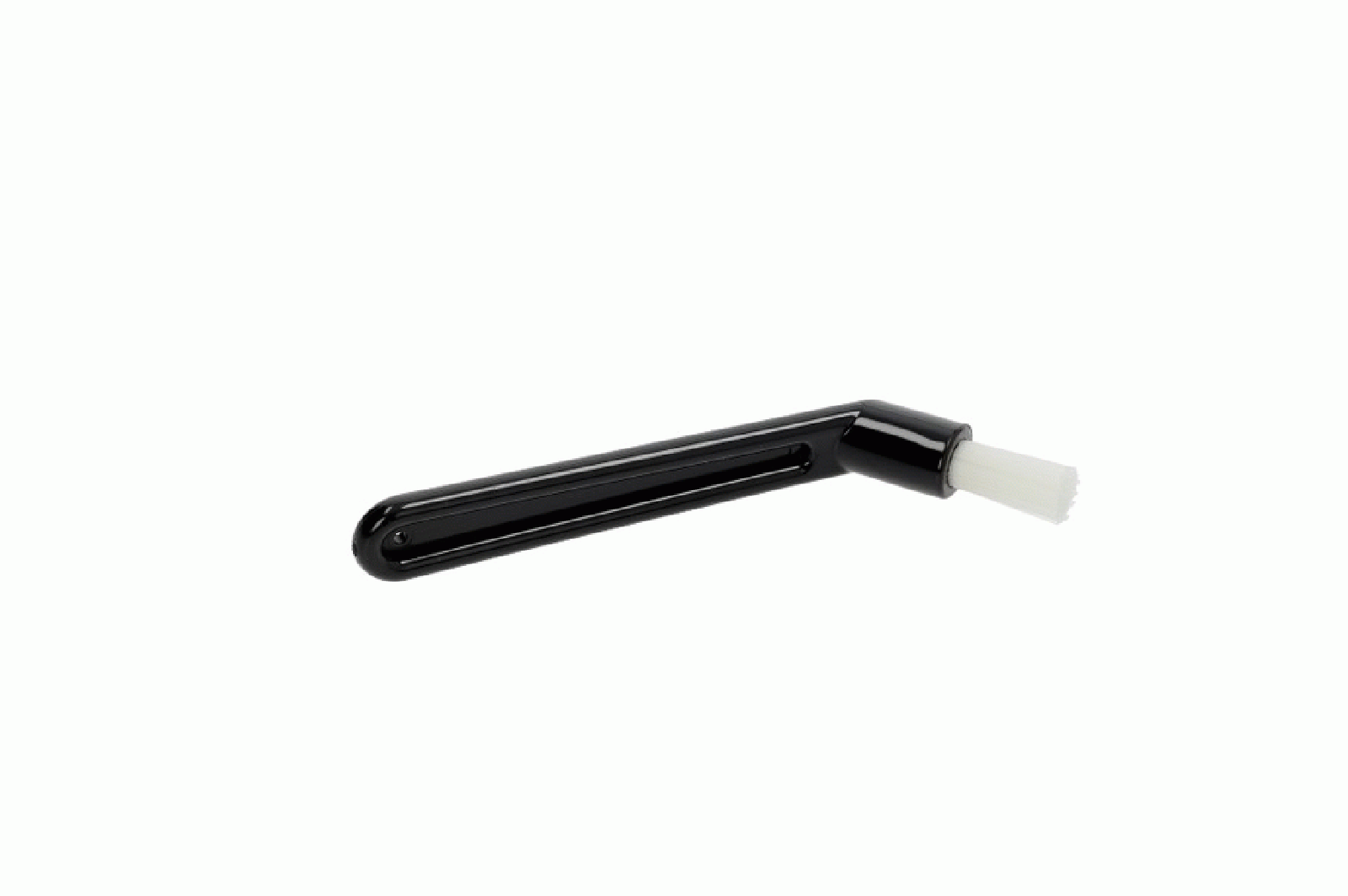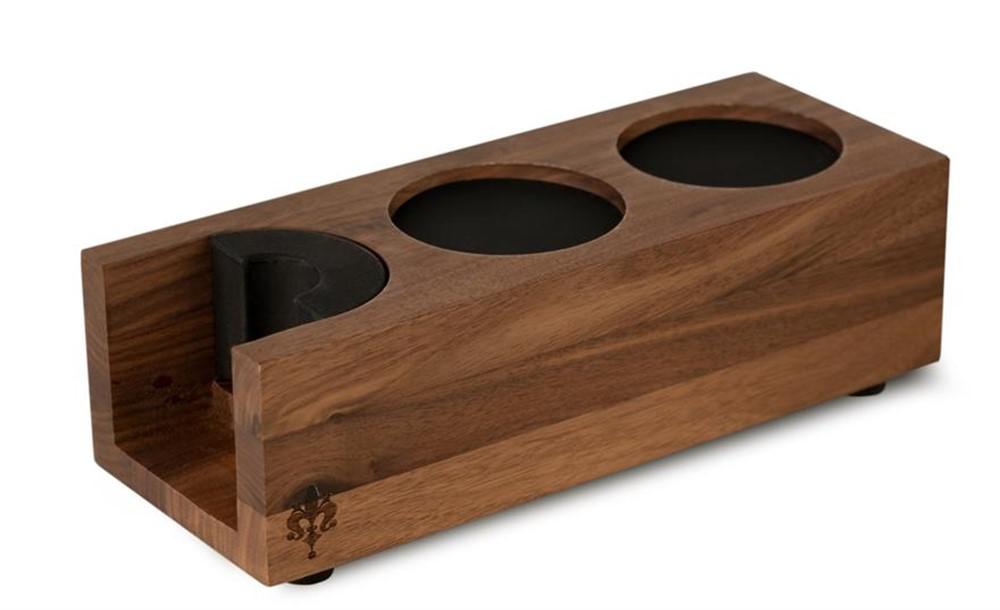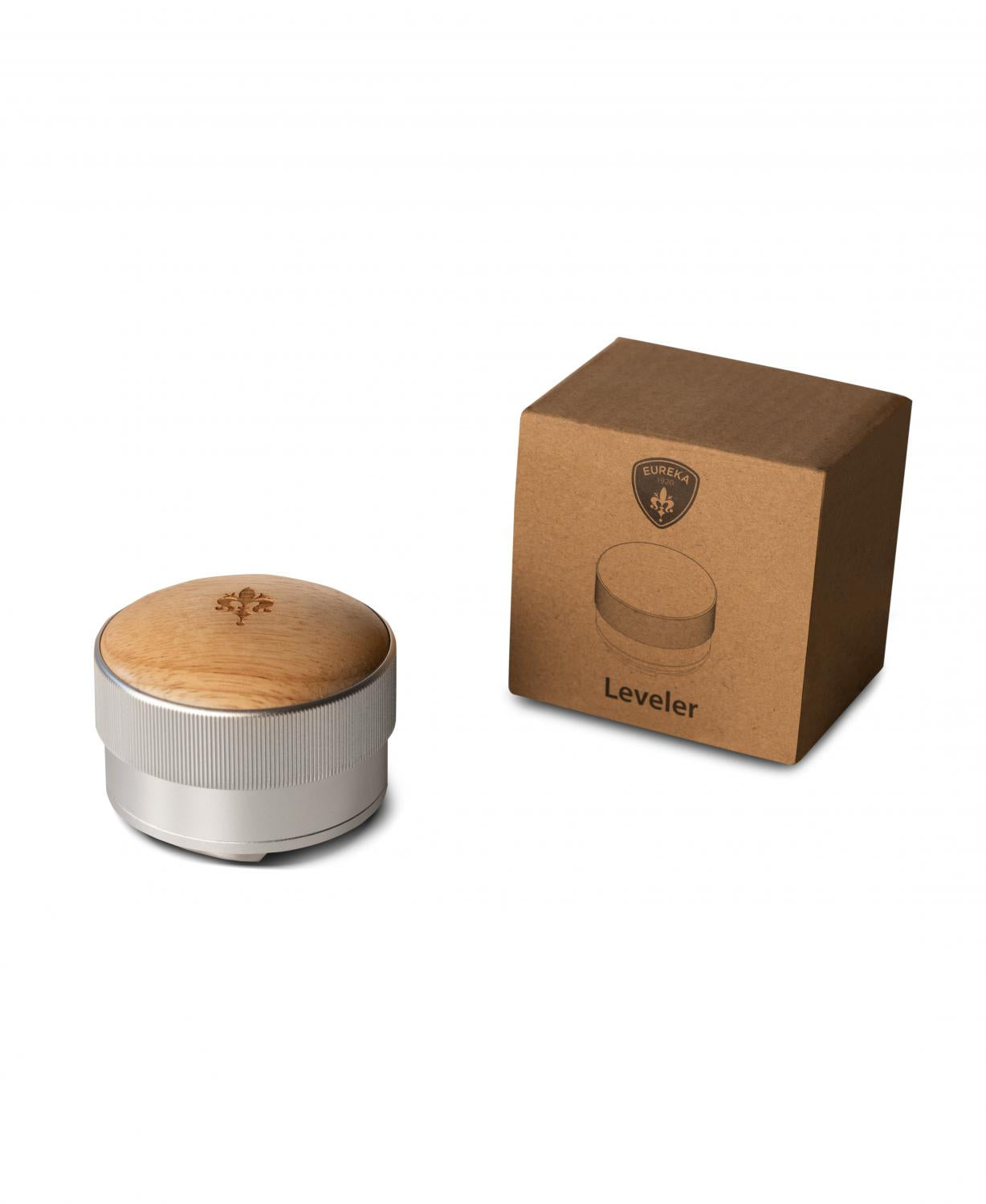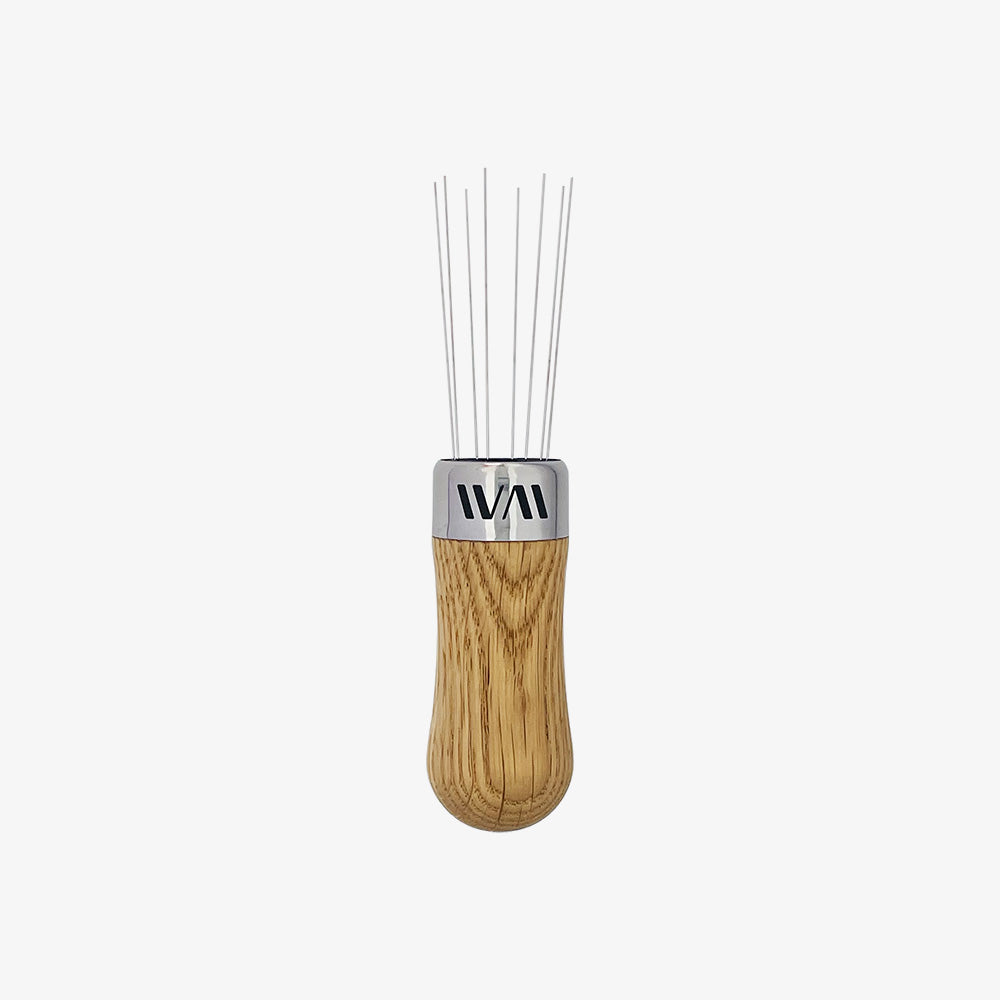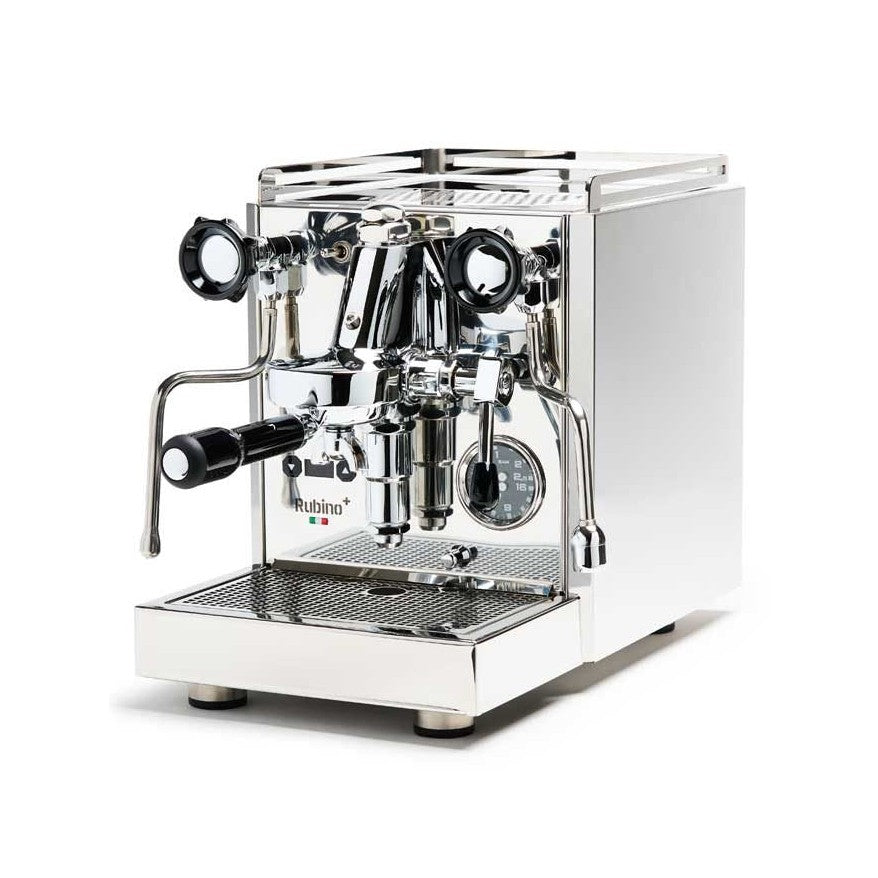
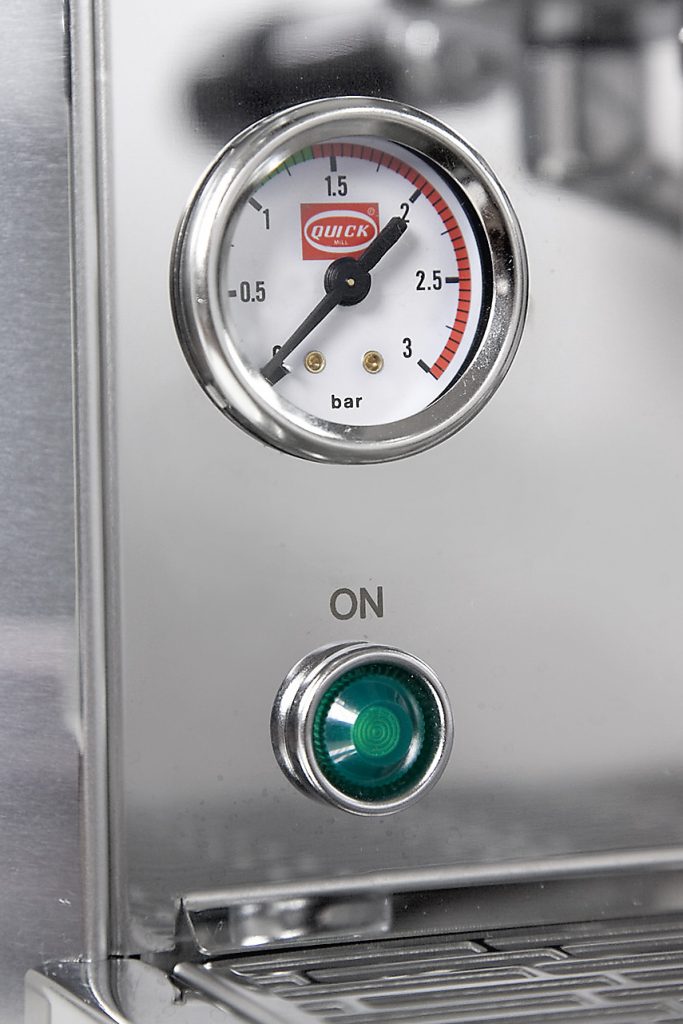
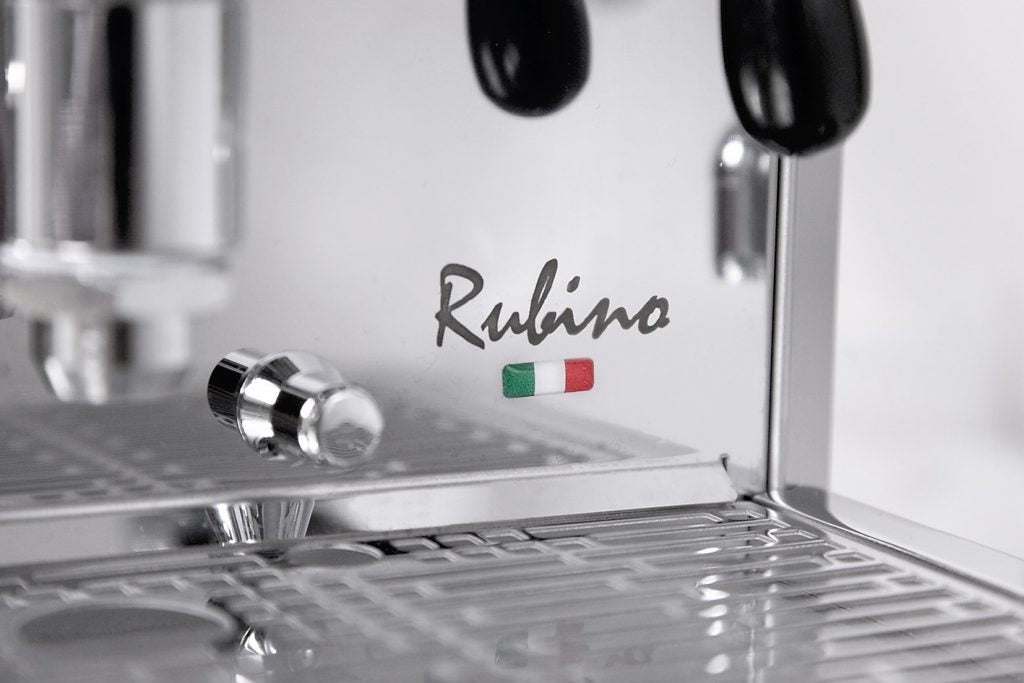
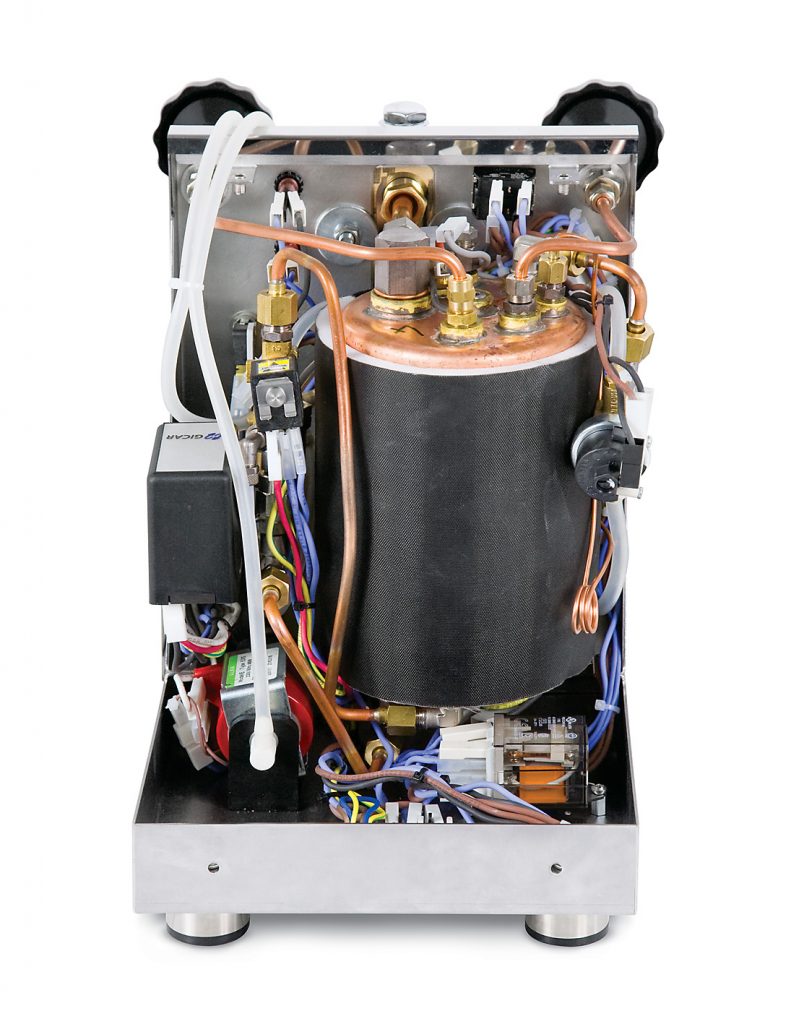
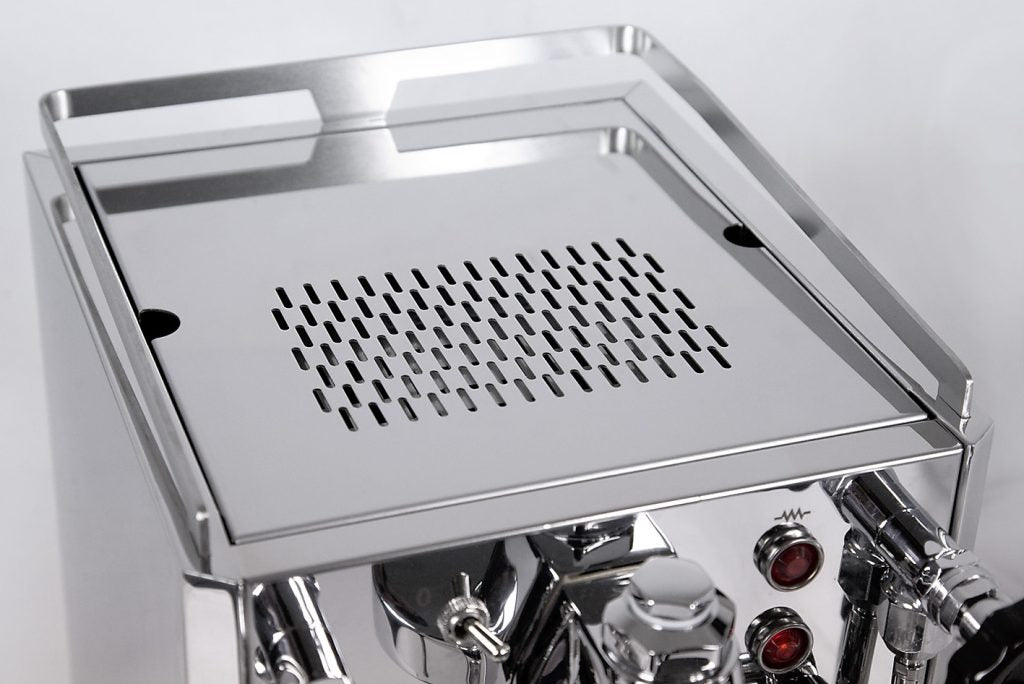
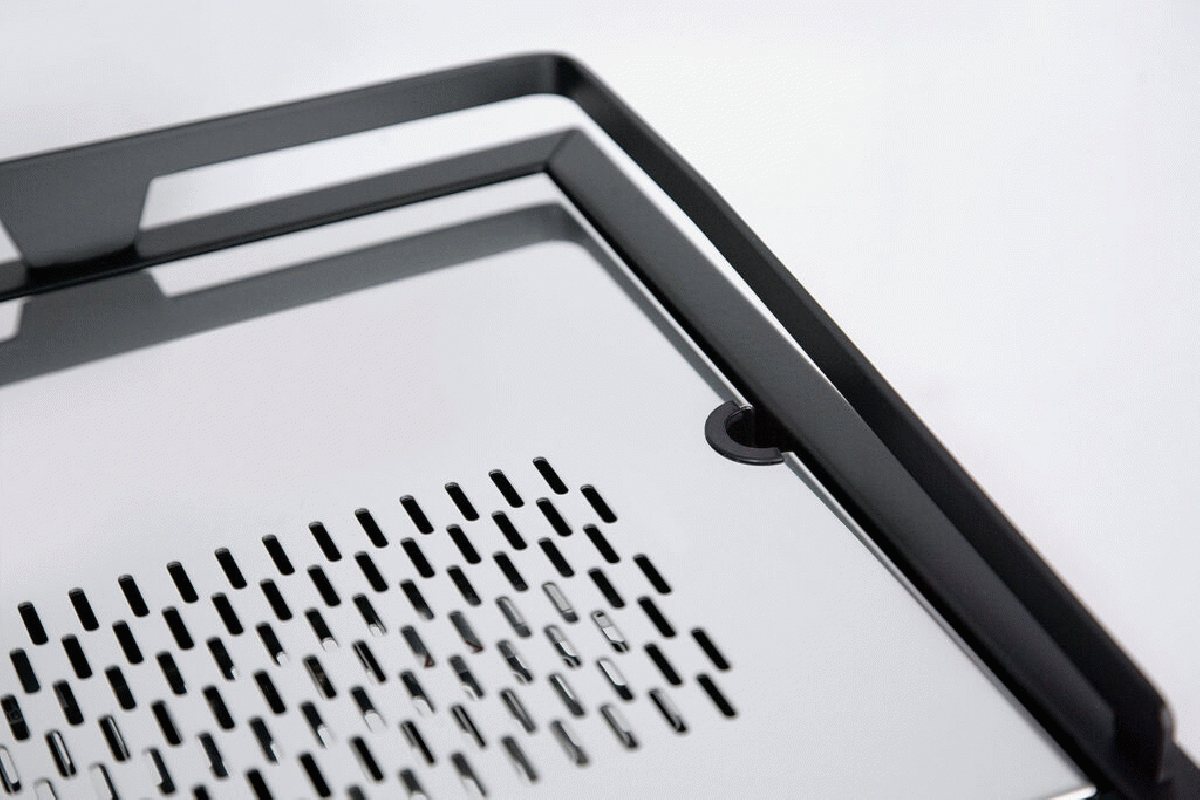
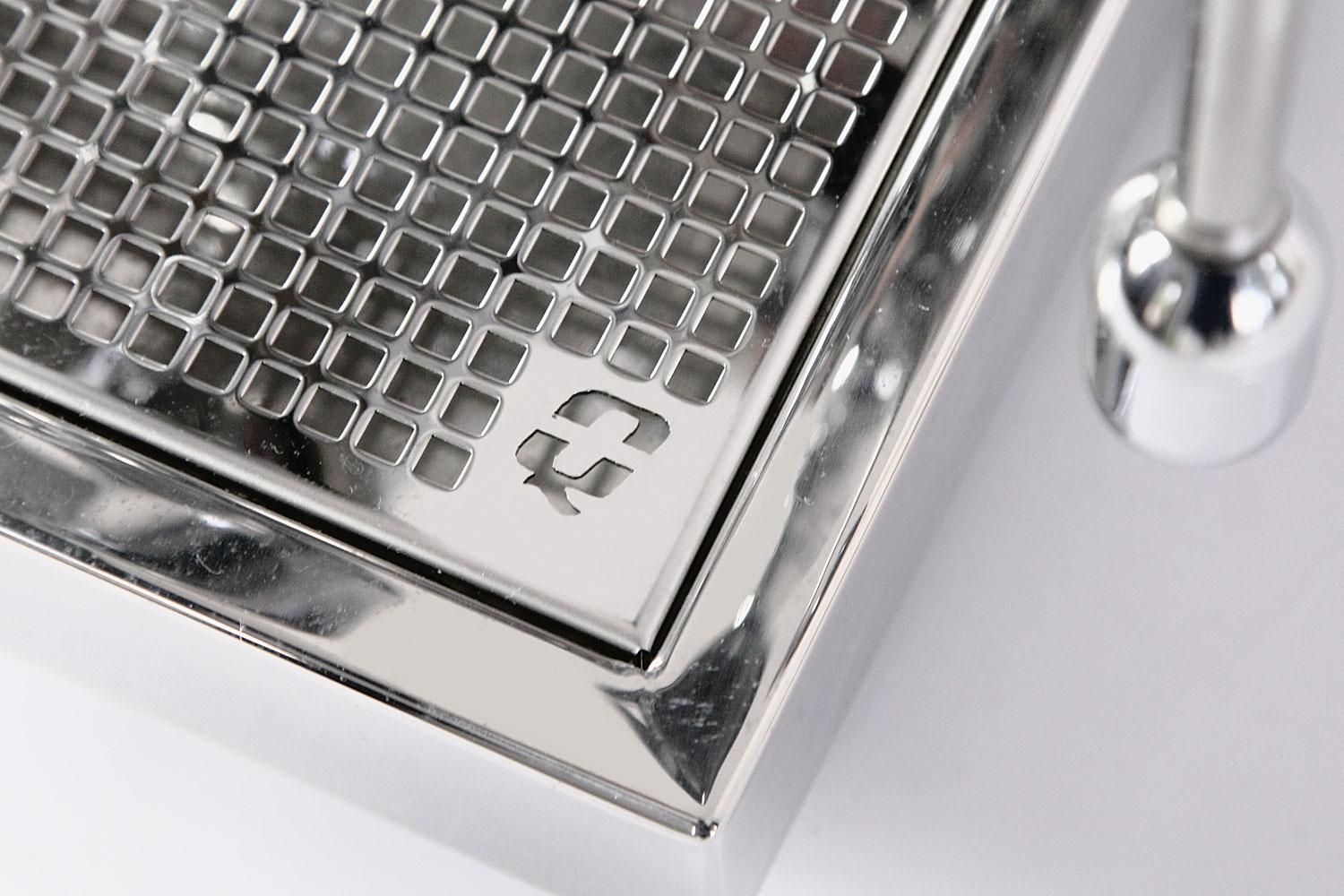
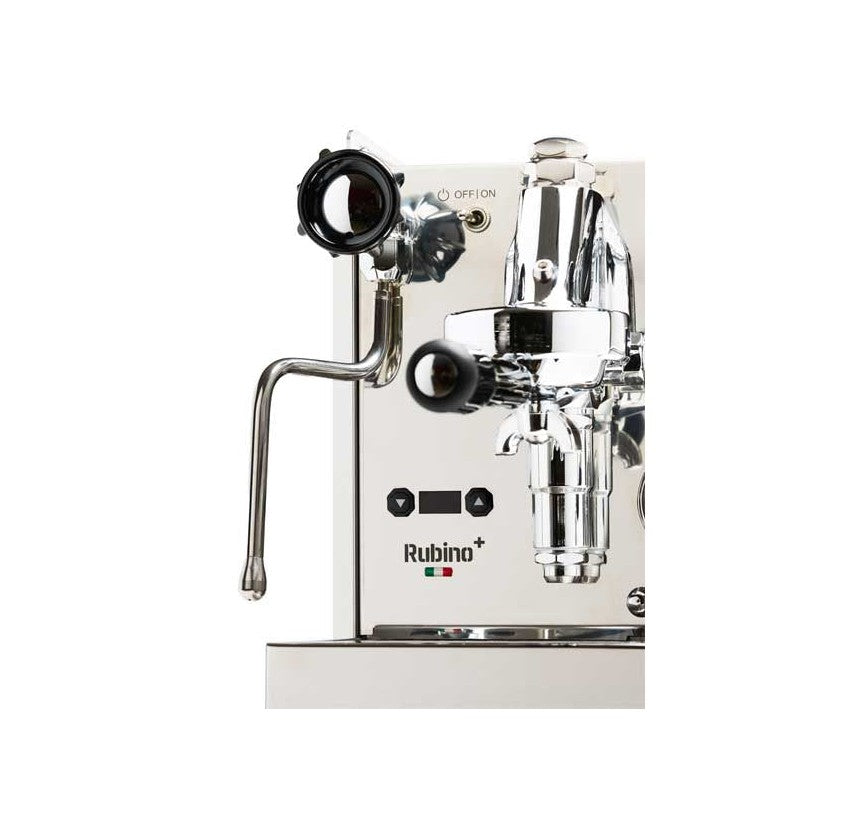
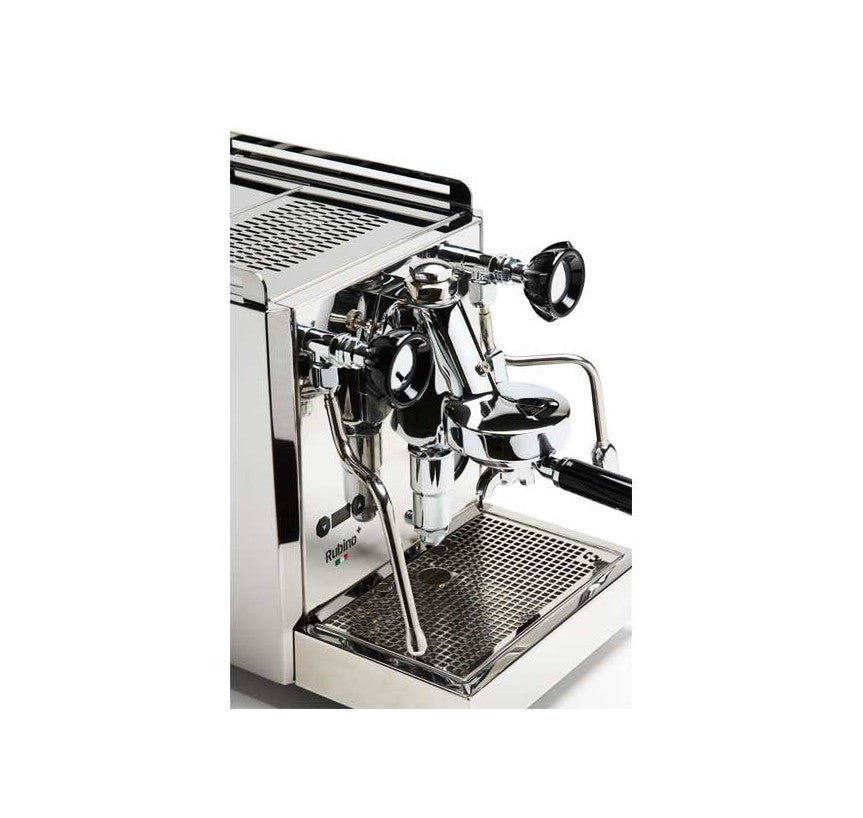
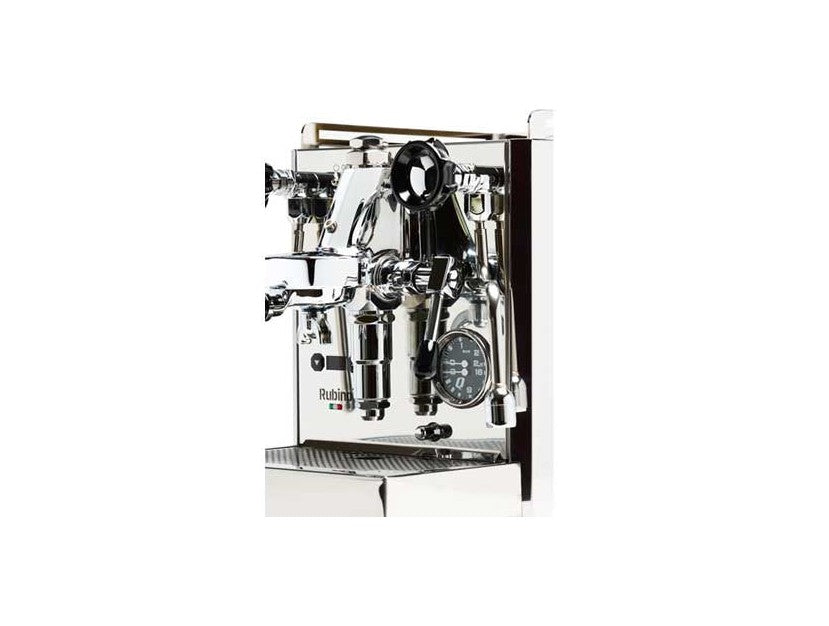
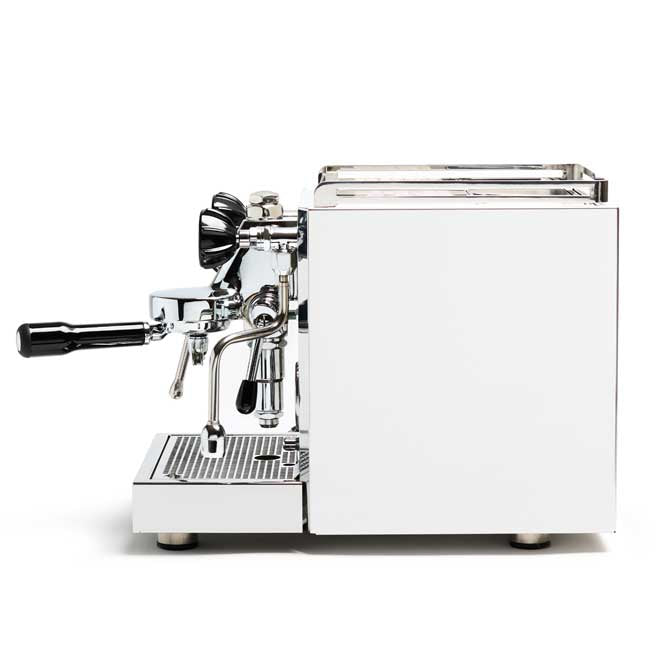
Quickmill Rubino Plus machine à levier
Finanzieren ab 71,25 € / Monat* mit
TVA incluse
🚚 Shipping within EU: 20 €
EU shipping costs, see shipping policy.
Passt wunderbar dazu

Quickmill Rubino Plus machine à levier
Quickmill Rubino PID – Zweikreiser Siebträgermaschine mit Präzision & Design
Die Quickmill Rubino Plus PID vereint edles Design mit leistungsstarker Technik. Mit der bewährten E61 Brühgruppe, einem isolierten 1,8-Liter-Edelstahlkessel und der präzisen PID-Temperatursteuerung bietet sie Espresso-Perfektion auf Barista-Niveau. Durch das Zweikreis-System können Espresso und Milchschaum gleichzeitig zubereitet werden – ideal für Liebhaber von Cappuccino und Latte Macchiato.
Höhepunkte der Quick Mill Rubino Plus PID
- E61 Brühgruppe für optimale Temperaturstabilität
- PID-Steuerung zur gradgenauen Temperaturkontrolle
- Doppelmanometer für Kessel- und Pumpendruckanzeige
- Leise Vibrationspumpe mit Pulsor für sanften Druckaufbau
- 2,8-Liter-Kupferboiler – isoliert für mehr Effizienz
- 3-Liter-Wassertank, seitlich entnehmbar
- Shot-Timer zur genauen Extraktionskontrolle
- Eco-Modus & Standby zur Energieeinsparung
- No-Burn Dampflanze mit Kugelgelenk für einfache Handhabung
- Ergonomische Drehventile für präzise Steuerung
- Tassenwärmer aus Edelstahl auf der Oberseite
Technical details
- Machine type: dual-circuit
- Pumpentyp: Vibrationspumpe mit Pulsor
- Kesselgröße: 2,8 Liter (Edelstahl, isoliert)
- PID control: Yes
- Water tank: 3 liters, removable from the side
- Druckanzeige: Doppelmanometer für Kessel- & Pumpendruck
- Aufheizzeit: ca. 10-15 Minuten
- Leistung: 1500 W
- Abmessungen (B x H x T): 26,5 x 36,5 x 45 cm
- Gewicht: 20 kg
Was unterscheidet die Rubino Plus PID von der Standard-Rubino?
- PID-Temperatursteuerung für mehr Kontrolle über die Brühtemperatur
- Shot-Timer zur exakten Überwachung der Extraktionszeit
- Ergonomische Drehventile für Dampf und Heißwasser
- No-Burn Dampflanze für mehr Komfort und Sicherheit
- Neues Design mit hochwertiger Edelstahl-Reling
- Verlängerte Abtropfschale für einfachere Reinigung
Für wen ist die Quickmill Rubino Plus PID die richtige Wahl?
Diese Maschine ist perfekt für Kaffeeliebhaber, die Wert auf hochwertige Verarbeitung, präzise Temperaturkontrolle und ein klassisches E61-Design legen. Durch das Zweikreis-System eignet sie sich ideal für Espresso- und Milchschaumspezialitäten und ist dank der leistungsstarken PID-Steuerung besonders temperaturstabil.
Erleben Sie Espresso-Perfektion mit der Quickmill Rubino Plus PID – die perfekte Kombination aus Design, Leistung und Funktionalität.
Informations sur le fabricant
Naturbohne Barista Towel 40x40
Puly Grind mill cleaner 10x15g
Eureka Tamper Station (double)
Wiedemann WDT distribution tool
Mise à niveau pour votre machine à porte-filtre
Accessoires adaptés
If you have any questions, please feel free to contact us at any time. We will get back to you as soon as possible, within 24 hours on weekdays.
-
Shipping info
We ship all products the same day if ordered before 1pm.
-
Soutien
We will also be there to support you and advise you after your purchase. If you have any questions about the product you purchased from us, please contact us.
-
Contact
Email : hello@naturbohne.de
Téléphone : 07454 / 870 48 64
Frequently Asked Questions
I bought a new coffee grinder from Naturbohne and there are coffee residues in it.
Please note: Some manufacturers test their coffee grinders before shipping, which means that small coffee residues or bean residues can occasionally be found in the grinder. This procedure is used to test functionality and is considered a quality feature. Of course, we only sell new products - unless expressly stated otherwise.
Static charge – coffee grounds spray out from the side
With some coffee grinders, the ground coffee can become statically charged and spray out of the portafilter at the side. This means that not all of the ground coffee gets into the portafilter, which can lead to uneven extraction. Our recommendation: Use a dosing funnel to ensure that all of the ground coffee is precisely fed into the portafilter - for optimal espresso enjoyment.
What is dead space in coffee grinders?
Conventional coffee grinders often leave a so-called dead space in which coffee residues accumulate. These residues can not only affect the freshness, but also lead to old and fresh coffee grounds being mixed, which negatively affects the taste. In contrast, single dose grinders have a well-thought-out design that eliminates the dead space. Each portion is ground individually and precisely so that no residues are left behind - for a consistently pure and full-bodied coffee experience.
Which portafilter fits my espresso machine?
When choosing the right portafilter for your portafilter machine, it is important to know that each manufacturer develops its own brewing group - the most well-known is the Faema E61. However, this does not mean that any portafilter will fit without any problems. An incompatible portafilter can leak, which will have a direct negative impact on the quality of your espresso. We therefore recommend using either the portafilter originally supplied or one that is explicitly stated to be compatible with your machine. This will ensure that the pressure is optimally built up and the espresso is perfectly extracted.
Can I visit you or pick up the goods personally?
Yes, of course, you are welcome to come by and look at our products by appointment. We would be happy to advise you personally. The best thing to do is to send us an email with a few suggested appointment times.
We are located 5 minutes from the motorway between Stuttgart and Lake Constance on the edge of the Black Forest.
Important note, first use coffee grinders
Another little tip for the perfect start with your new mill:
You will get the best grinding result after you have ground about 1-2 kg of beans. It is best to use a few cheap beans so that the grinder can work optimally. And if you are wondering what you can do with the bean flour - it is perfect plant fertilizer! 🌿
It contains nitrogen, potassium, sulfur and phosphorus and is a real nutrient bomb for your plants.
Pouvez-vous effectuer un calibrage offset sur ma machine à porte-filtre ?
Il existe plusieurs arguments contre un calibrage d’offset sur les machines à levier Lelit, en particulier pour des modèles comme la Lelit Bianca. Ceux-ci concernent surtout la complexité et les limites de l’offset comme solution unique aux problèmes de température :
- Fluctuations et instabilité de la température. L’offset prend en compte une différence constante entre la température de la chaudière et celle de l’extraction. En pratique, des variations de température peuvent survenir, par exemple après de longs temps d’arrêt ou lors d’extractions continues. Ainsi, la température réelle d’extraction n’est pas toujours précisément prévisible.
- Dépendance aux conditions ambiantes. Des facteurs comme la température de la pièce, l’humidité de l’air et l’état de la machine (par exemple, le temps de chauffe) influencent fortement la température d’extraction. Un offset fixe ne peut pas compenser dynamiquement ces variables, ce qui peut entraîner des résultats imprécis.
- Perte de chaleur lors des périodes d’inactivité. Après une longue pause, le groupe d’extraction refroidit et la machine a besoin de temps pour revenir à la température souhaitée. Un offset correctement réglé ne peut pas compenser cela, d’où la nécessité de mesures supplémentaires comme un « cooling flush ».
- Calibrages incorrects en usine. Sur certains modèles Lelit, il a été constaté que l’offset est souvent mal réglé en usine (par exemple, 4 à 8 degrés trop bas sur la Lelit Bianca). Cela nécessite un recalibrage manuel par un professionnel, ce qui peut être compliqué pour les utilisateurs finaux.
- Malentendus dans l’utilisation. De nombreux utilisateurs sont déconcertés par des informations contradictoires sur le réglage de l’offset, ce qui peut entraîner de mauvais réglages. Par exemple, on s’attend souvent à ce que l’offset résolve à lui seul tous les problèmes de température, alors qu’il ne constitue qu’une partie d’un système plus complexe.
Conclusion
Le calibrage de l’offset est un outil utile, mais il ne doit pas être considéré isolément. Une combinaison d’un contrôle PID précis, d’un entretien régulier et de techniques adaptées (par exemple, des « spülshots ») est nécessaire pour obtenir des résultats d’extraction optimaux.
Do you have any more questions?
Contact
If you have any questions about our products, please write to us here or use the chat function.
